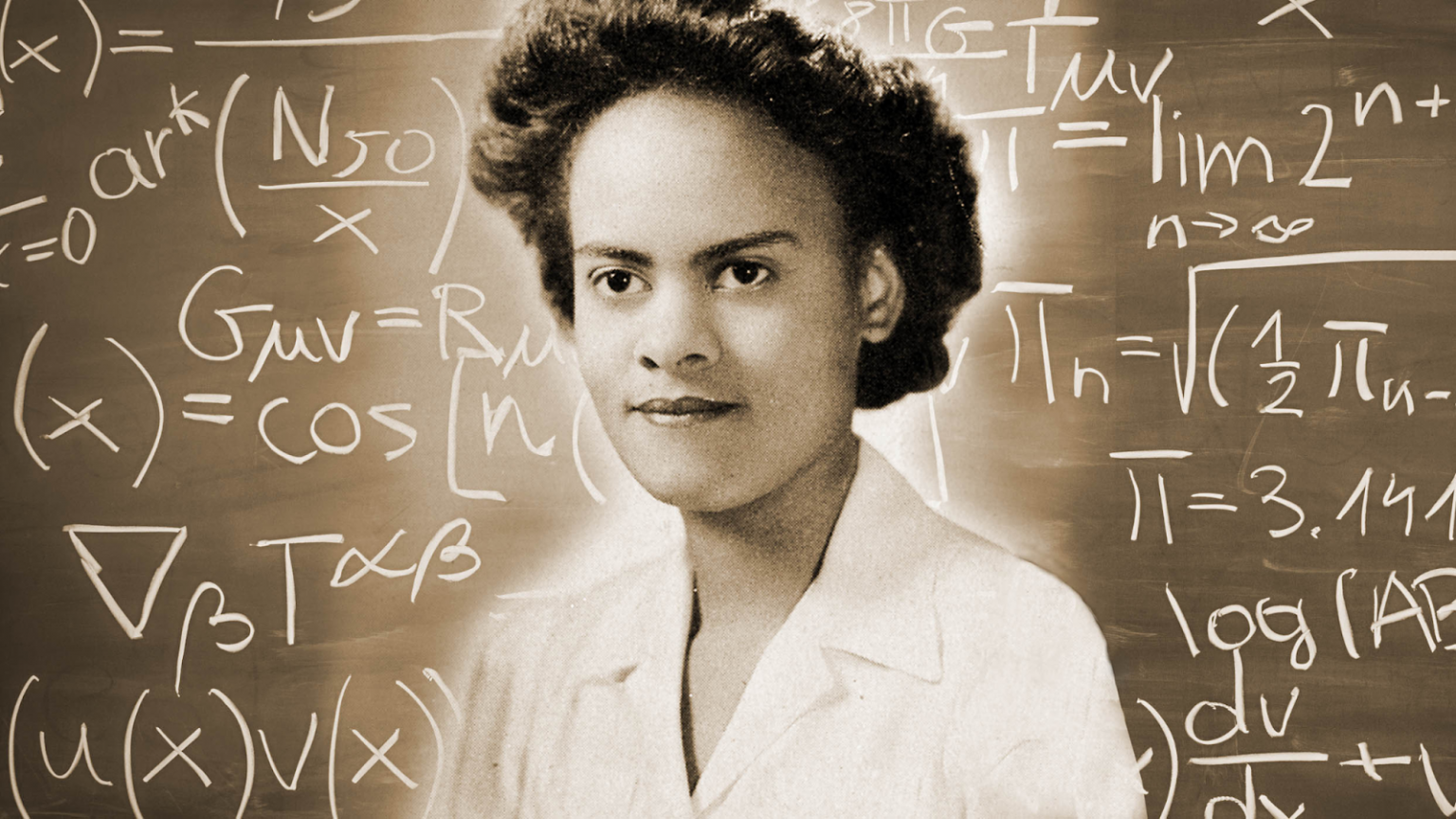Key Insight
"The challenge for African students lies in transitioning from horizontal knowledge systems to the vertical knowledge structures dominant in higher education."
Understanding Knowledge Structures
Introduction
The relationship between horizontal and vertical knowledge structures as theorized by Basil Bernstein is essential for understanding academic literacy development, especially in African educational contexts.
This framework helps us understand the challenges African students face when transitioning from their home and community knowledge systems to the academic knowledge demanded by higher education institutions.
Academic literacy developers play a critical mediating role in bridging the gap between horizontal and vertical knowledge structures.
Knowledge Structures
Horizontal Knowledge
- Segmented, context-specific knowledge domains
- Local knowledge often learned informally
- Rooted in specific social or cultural experiences
- Discontinuous with no overarching integrating principle
- Tend to be oral, culturally embedded, and contextually based
- Example: Sociology, indigenous knowledge systems
Vertical Knowledge
- Coherent, systematically principled knowledge
- Integrated bodies of knowledge that build cumulatively
- Organized through generalized rules and methodologies
- Specialized and symbolic (e.g., physical sciences)
- Hierarchical organization with explicit validation rules
- Facilitates progression and conceptual understanding
Educational Implications
Transition Challenges

The challenge for African students lies in transitioning from horizontal knowledge systems (their home and community knowledge) to the vertical knowledge structures dominant in higher education institutions.
This transition entails mastering academic literacy practices—reading, writing, reasoning, and argumentation styles specific to disciplines—which are often unfamiliar and alienating.
Students must navigate between their indigenous, culturally situated horizontal knowledge and the vertically structured academic knowledge.
Developer Roles

Academic literacy developers play a critical mediating role in bridging this gap. They facilitate students' navigation between their indigenous, culturally situated horizontal knowledge and the vertically structured academic knowledge demanded by universities.
This involves making explicit the genres, conventions, and epistemological underpinnings of vertical knowledge structures while validating and incorporating students' cultural and linguistic backgrounds.
Effective Strategies
African-Centered Approach
In African contexts, academic literacy development is most effective when it moves beyond neutral, standardized literacy models and adopts an African-centered, inclusive approach that integrates African languages, ways of knowing, and cultural epistemologies.
This approach values students' identities, their situated knowledge, and the need to develop mastery in disciplinary genres. It can reduce high attrition rates and empower students to succeed academically while retaining their cultural intelligences and agency.
Effective approaches integrate African languages, ways of knowing, and cultural epistemologies.
Implementation Strategies

Academic literacy developers can implement various strategies to support African students:
- Contextualize academic literacy by linking disciplinary literacies with students' cultural knowledge
- Design inclusive curricula that recognize multiple epistemologies and languages
- Scaffold students' acquisition of academic genres and literacy practices
- Create opportunities for dialogue that validate African knowledge systems
- Promote critical literacies and transdisciplinary approaches
Bridging Knowledge Systems

Understanding Bernstein's distinction helps academic literacy developers appreciate the epistemological and cultural challenges African students face. To support success, developers must act as cultural and epistemic brokers who translate and negotiate between the horizontal knowledge students embody and the vertical knowledge demanded by academic institutions.
This involves designing inclusive, culturally responsive literacy practices that empower students to navigate and integrate these different knowledge structures effectively. By recognizing the value of both knowledge systems, we can create more equitable educational environments that honor diverse ways of knowing while preparing students for academic success.
Developers must act as cultural and epistemic brokers who translate between knowledge systems.